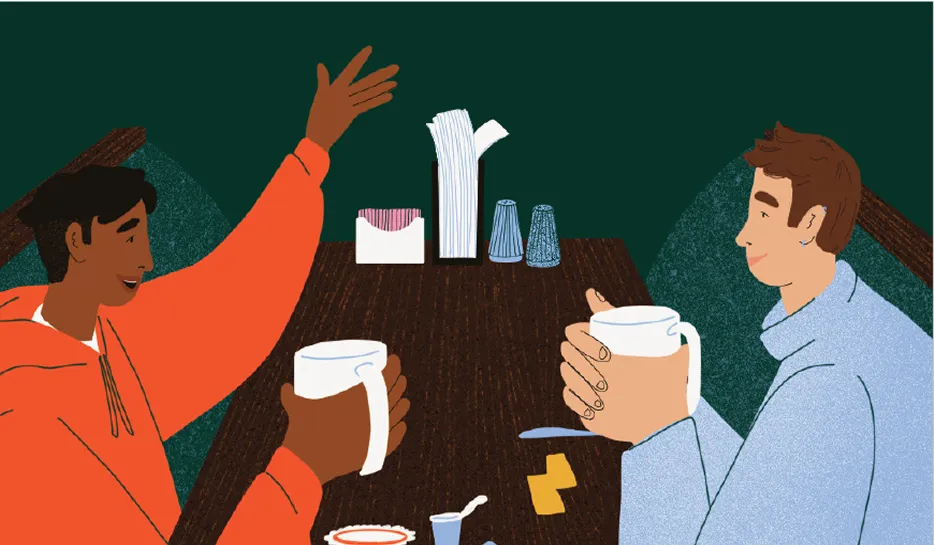Find

Types of MOUD
Methadone and buprenorphine are the most effective MOUD available. People of all ages, including youth and young adults, should be offered MOUD as part of a treatment plan.
How long a person takes MOUD depends on their unique situation. MOUD are not a way to get high or swap one addiction for another. They help people focus on recovery.
Methadone
Daily dose
Oral dose, lasts 24 hours
Must be started in certified opioid treatment program
Take-home doses may be permitted
Buprenorphine
Daily, weekly, or monthly dose options
Oral dose lasts 24 hours; injectable dose lasts up to 28 days
Can be started in a doctor’s office or certified opioid treatment program
Take-home prescription available
What
MOUD do?
Normalize brain chemistry
Opioid use disorder (OUD) is a chronic condition that affects a person’s body and brain. MOUD act on the same parts of the brain that opioids do and help normalize brain chemistry. By rewiring the brain’s response to opioids, MOUD reduce a person’s urge to use.
Relieve cravings
Opioids release endorphins, one of the brain’s “happy hormones.” When a person misuses opioids over time, their brain makes fewer endorphins and their body becomes dependent on the drug. MOUD reduce mental and physical cravings, allowing people to focus on recovery.
Lessen or prevent withdrawal symptoms
When a person with OUD cuts down on using opioids or stops altogether, they experience withdrawal symptoms. Symptoms can last for several days. They include sweating, muscle aches, cramps, nausea, and vomiting. MOUD treat withdrawal symptoms and help people stay in treatment longer.
Lower the risk of an overdose by 50%
MOUD cut the risk of opioid overdose in half. Other recovery methods like abstinence and non-MOUD treatment do not. The decision to take MOUD is personal, but research shows MOUD improve the chances of a safe and successful recovery.

MOUD Locator
The Washington Recovery Help Line has created a map of clinics and programs across the state that prescribe MOUD. Search results include locations, contact information, and brief descriptions of services.
How to
support
a friend
Be there
Every recovery is unique, but they all require connection. When people have support from friends and family, they’re more likely to stay in recovery. Simply being there helps the person you love through what can be a tough process.
Carry naloxone (Narcan)
Relapse can be a part of recovery, and an overdose is more common after a period of not using opioids. A relapse does not mean someone failed or that they cannot recover. If you have a friend or loved one in recovery, carry naloxone. It is easy to use and can reverse an opioid overdose. Naloxone saves lives and makes continued recovery possible.
Celebrate positive changes
Let your friend know you love them and you’re proud of the positive changes they make. People with OUD often feel invisible and ashamed. Celebrating their successes—big and small—is a powerful way to support your friend.
Connect with resources
MOUD combined with support from friends and family, the recovery community, and professional counselors help people recover safely. Learn more about naloxone and find resources to keep your friends safe.